Motivational Influence
Motivation
The processes that cause people to behave in a particular way.
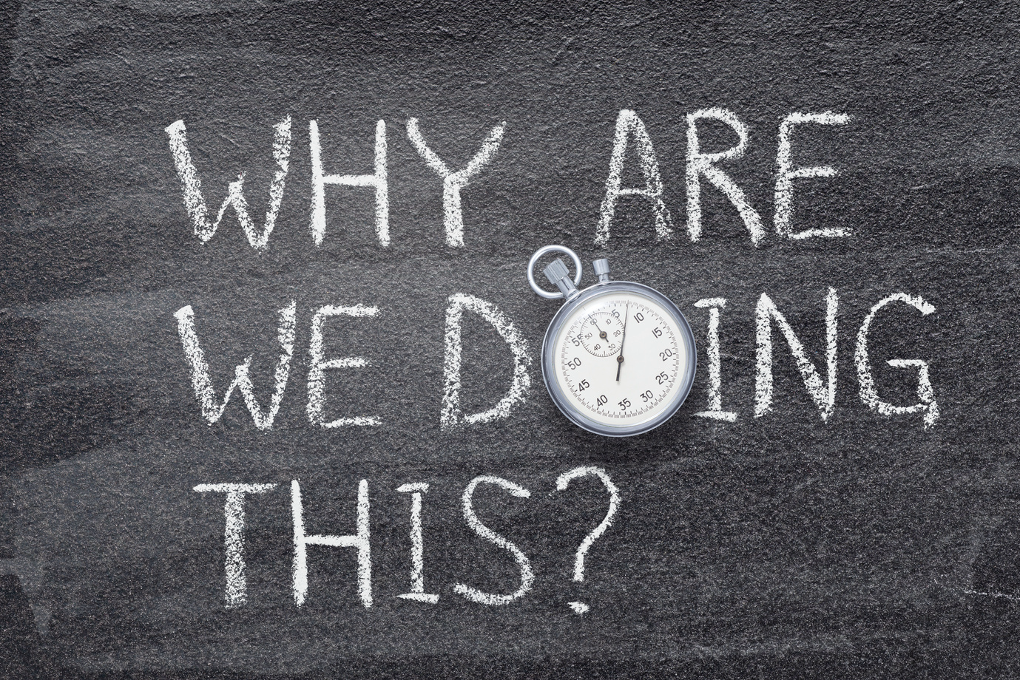
Theoretical perspectives
Process-based theories
- Reinforcement theory
- Expectancy theory
Need-based theories
- Maslow’s hierarchy of needs
- Alderfer’s ERG
- The fundamental motives framework
Reinforcement theory
Individuals are motivated to perform behaviours that produce positive outcomes and avoid behaviours that produce negative outcomes
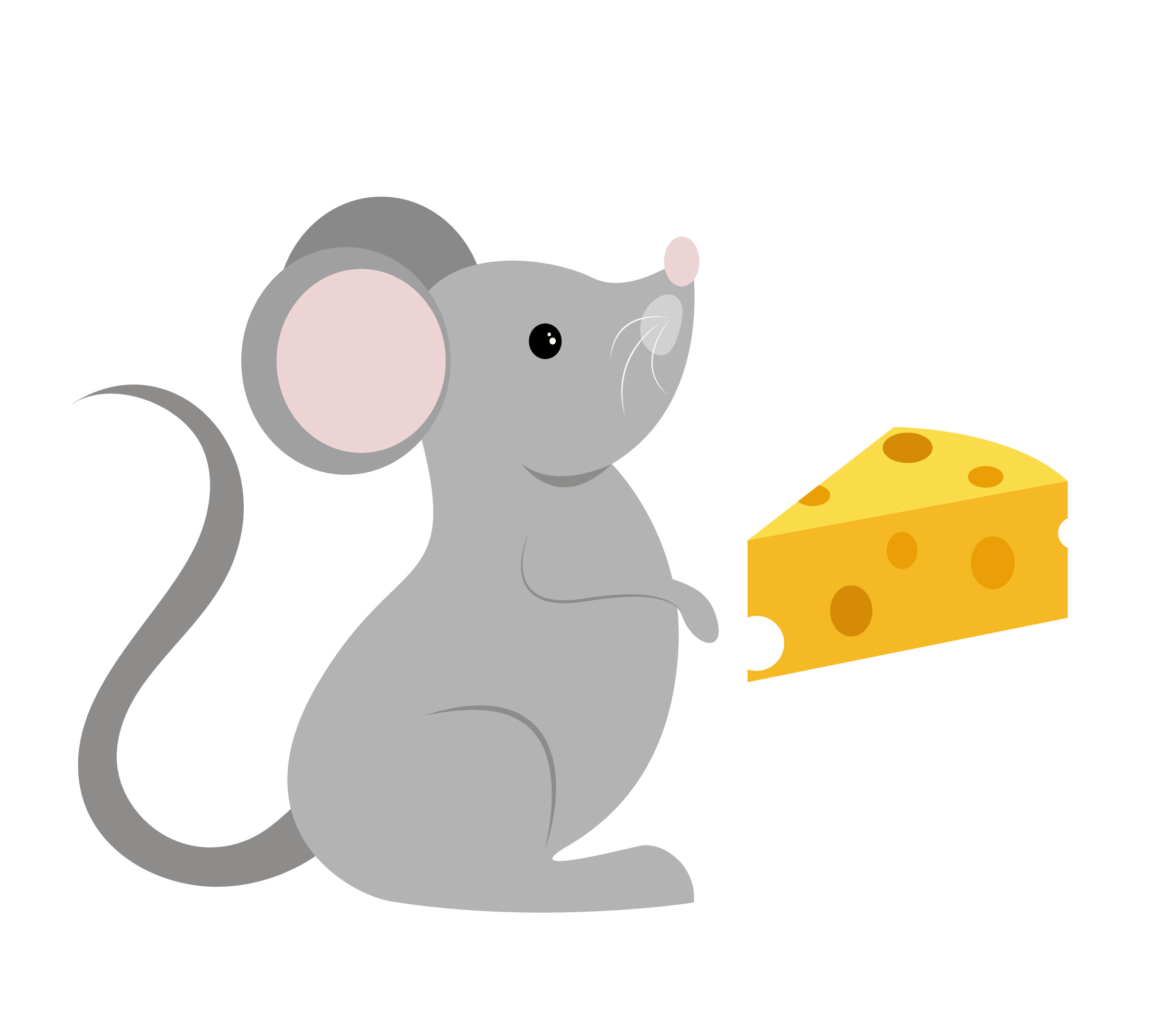
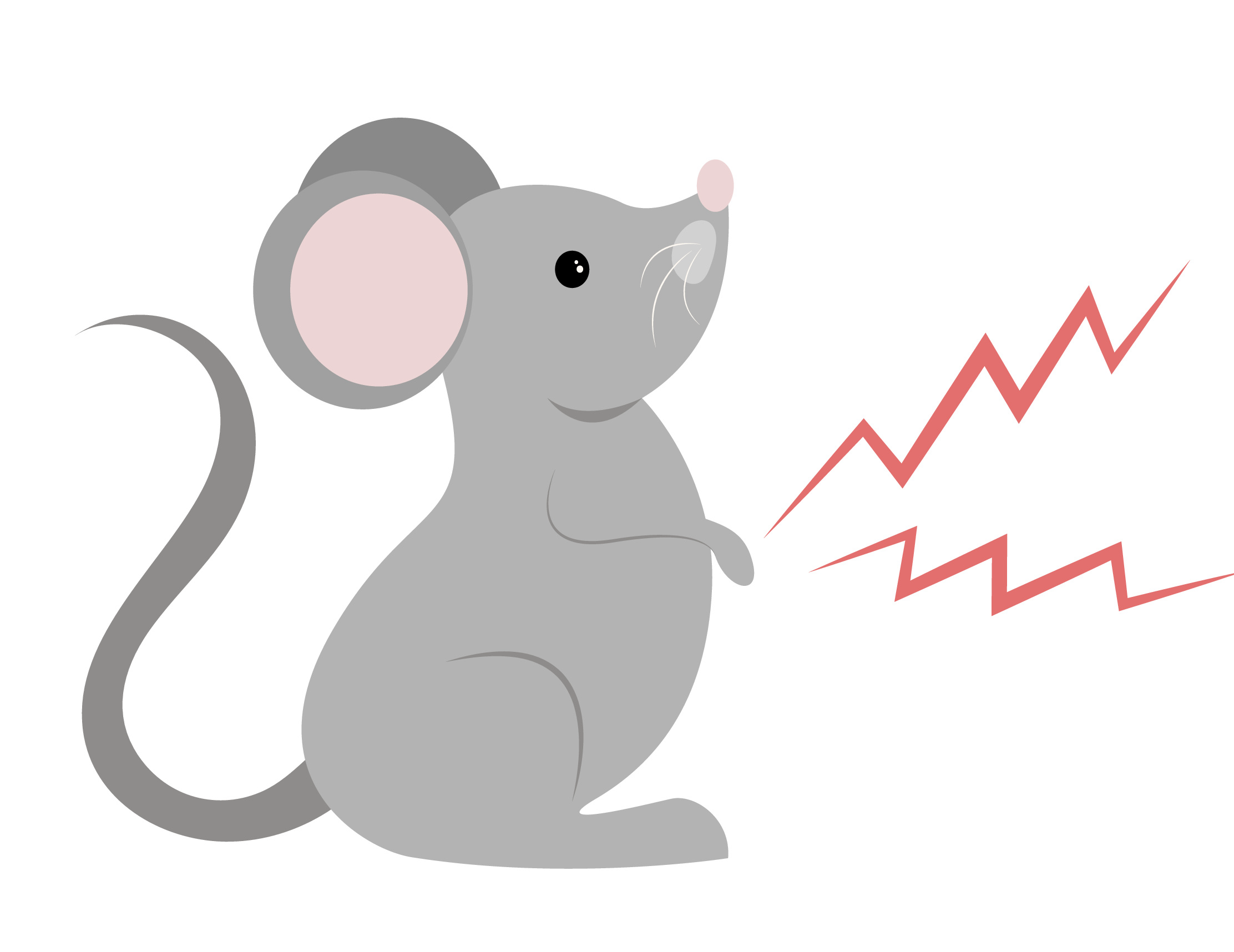
Learning outcomes
- Positive reinforcement: Behaviour leads to positive outcome
- Negative reinforcement: Behaviour leads to absence of negative outcome
- Punishment: Behaviour leads to negative outcome
- Extinction: Behaviour leads to absence of previous positive outcome
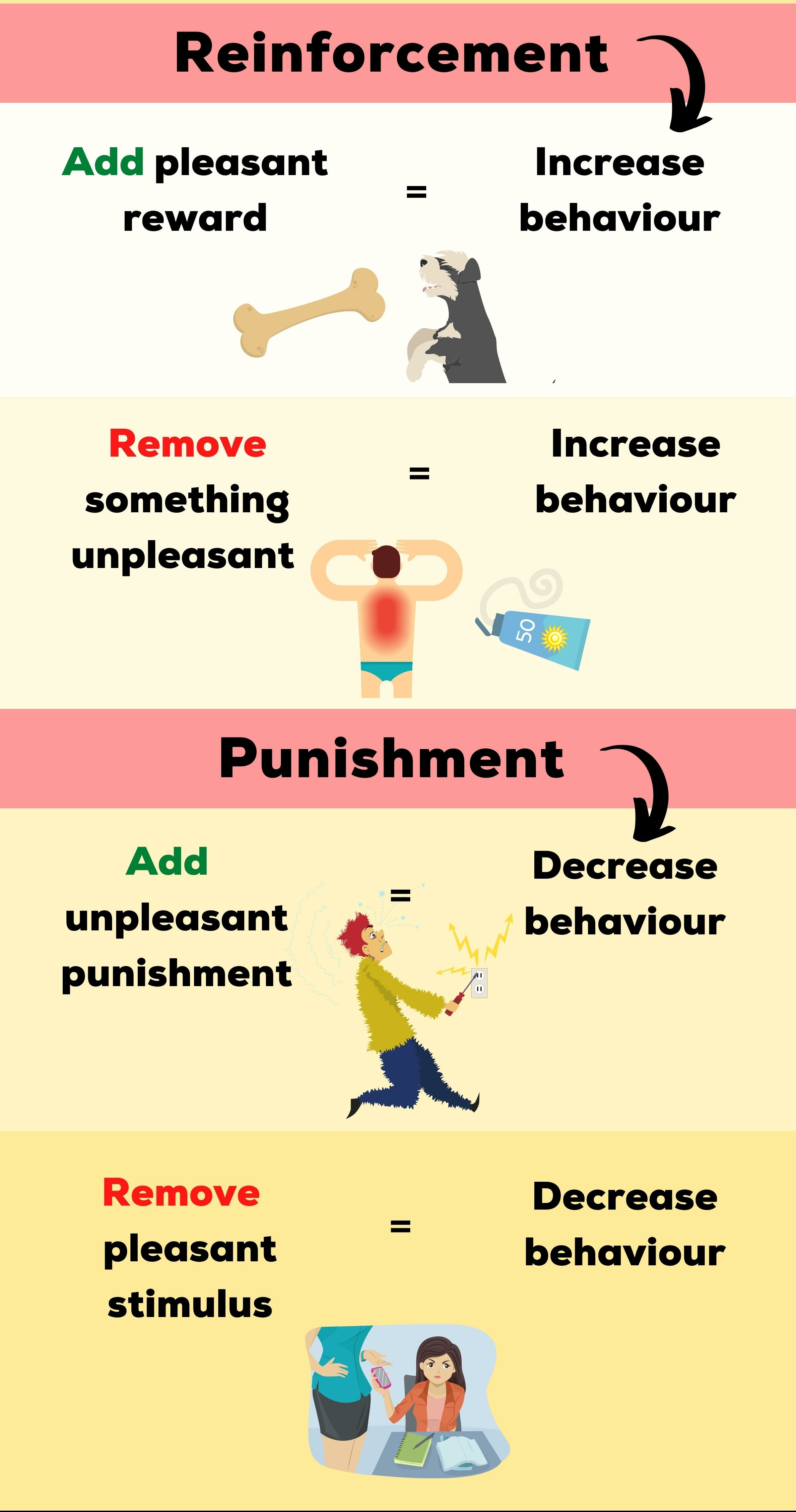
Expectancy theory
An individual will act in a certain way based on the expectation that the act will be followed by a given outcome and on the attractiveness of that outcome to the individual

Maslow’s hierarchy of needs
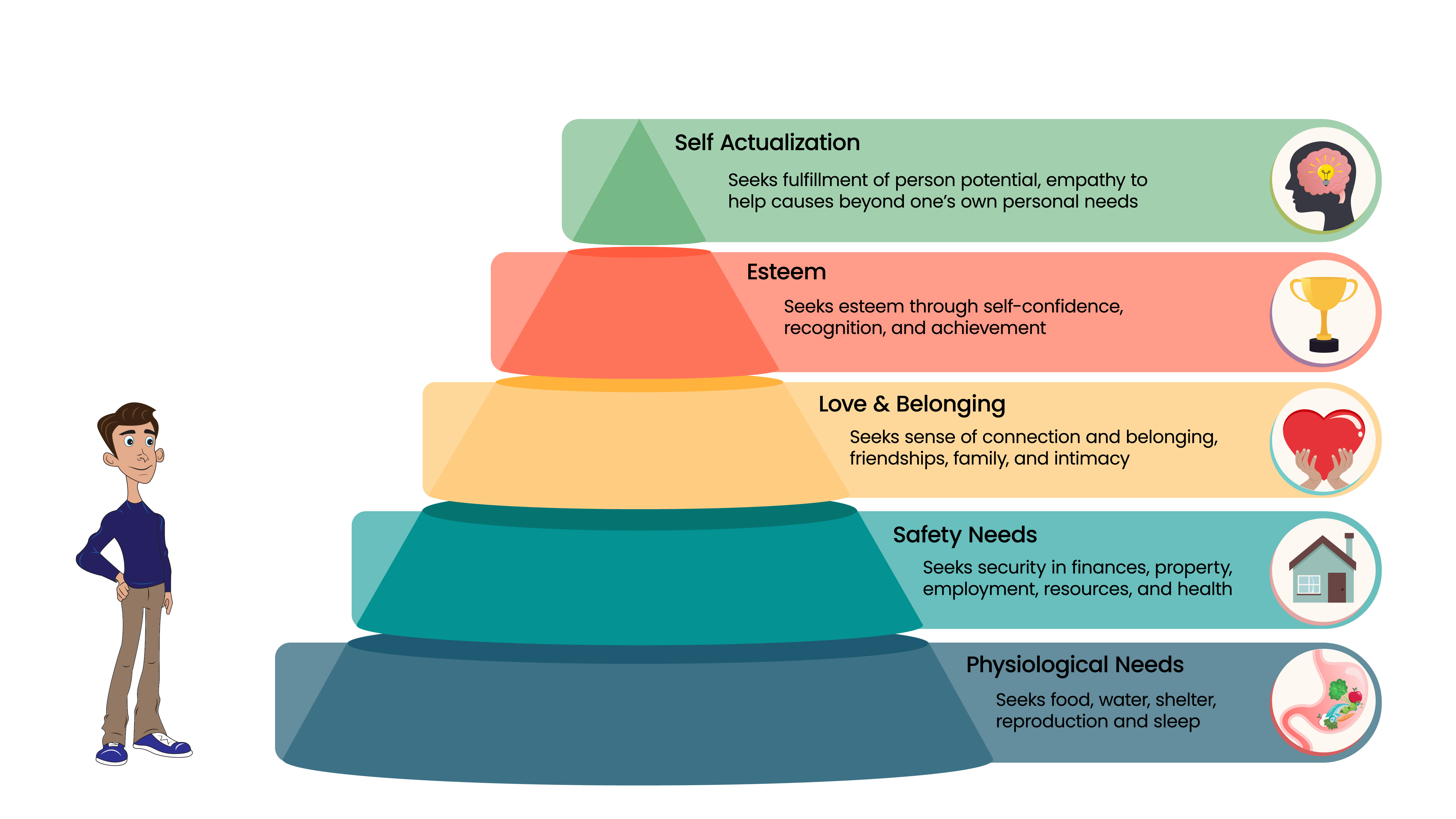
Alderfer’s ERG theory
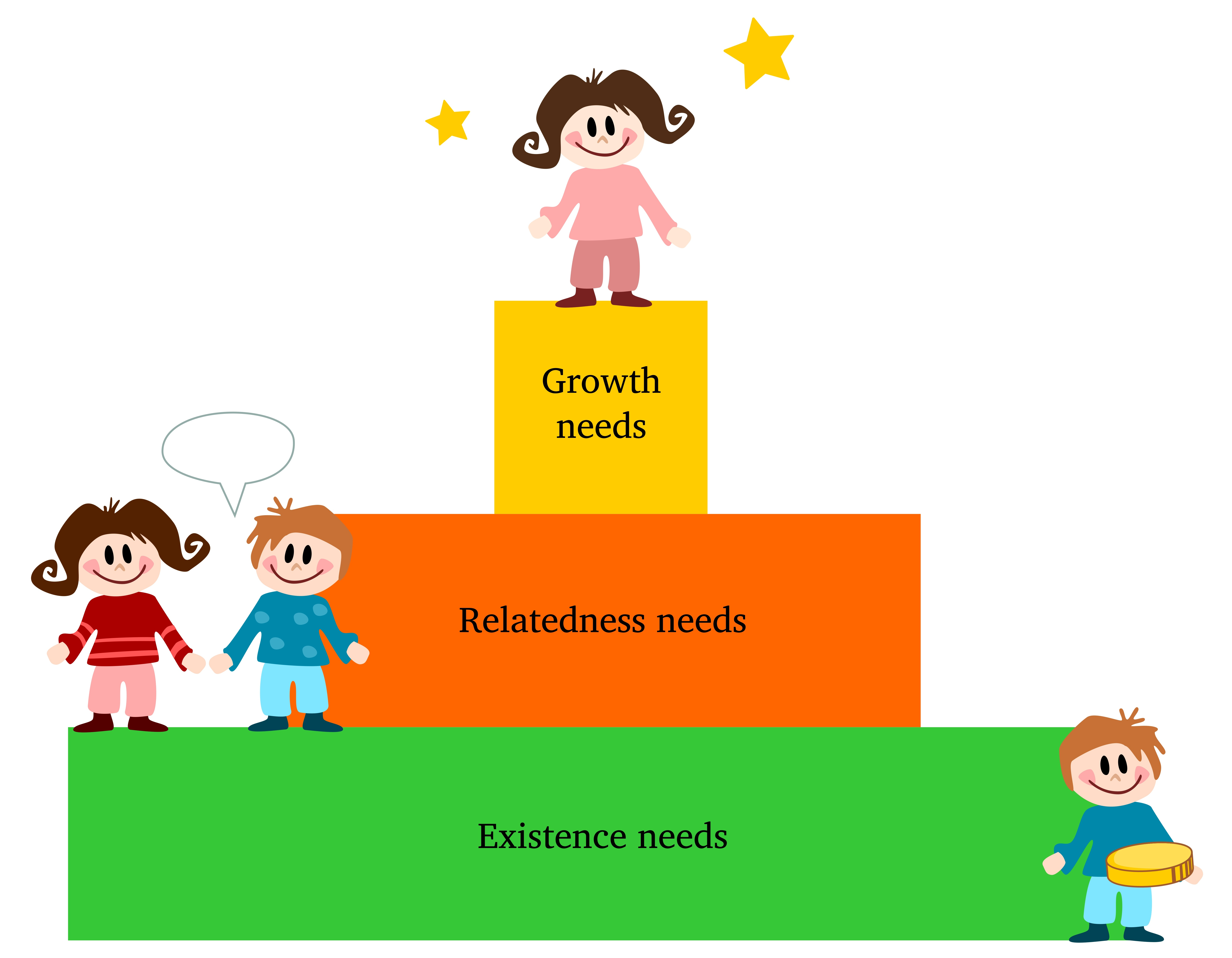
Evolutionary perspective
Modern humans have inherited psychological mechanisms that have enabled our ancestors to survive and reproduce.
The human mind has many functionally specialized psychological adaptations that evolved as solutions to different adaptive problems.
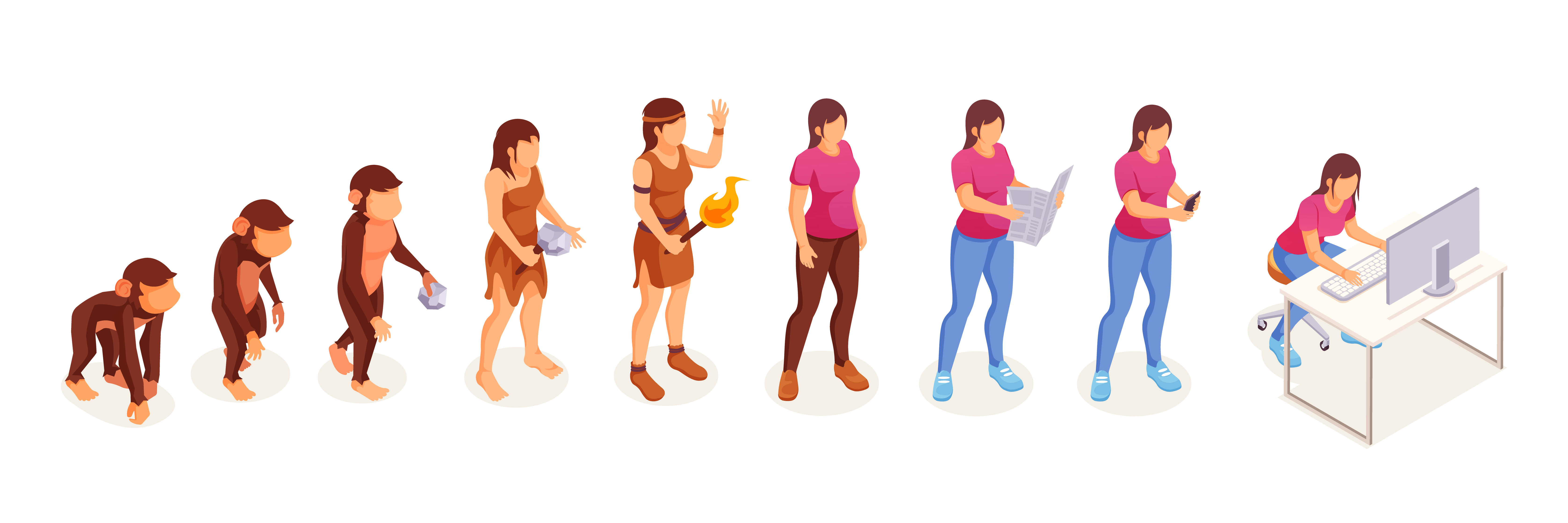
Fundamental motives framework
Specific ancestral challenges map onto fundamental motivational systems.
- Evading physical harm
- Avoiding disease
- Making friends
- Attaining status
- Acquiring a mate
- Keeping a mate
- Caring for a family

Goal systems theory
Goals and their means of attainment are mentally represented as motivational networks, or goal systems.
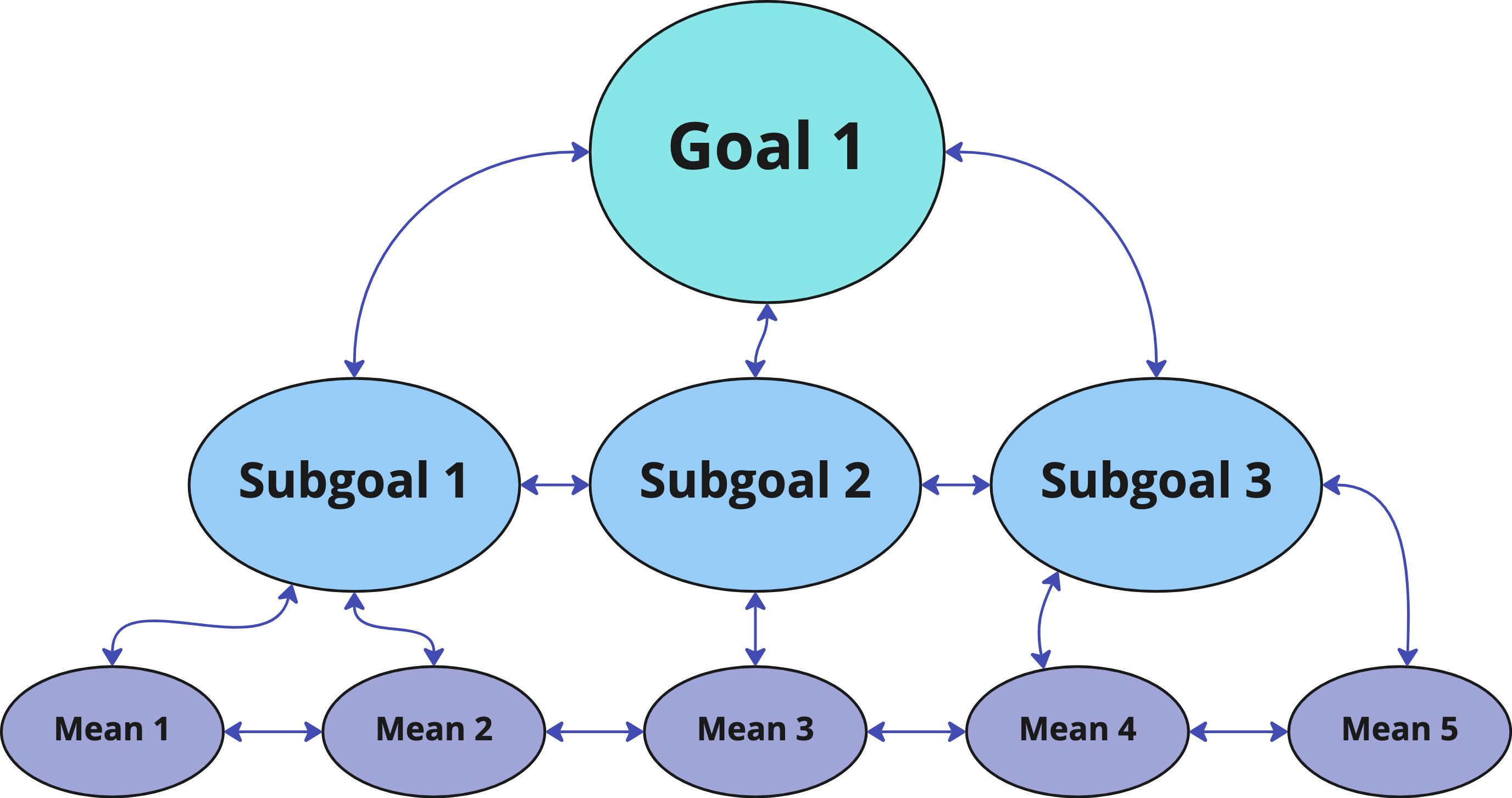
Goal systems theory
Goals (wishes, interests, desires) are situationally determined and can fluctuate from moment to moment.
People are often motivated to pursue multiple goals.
- Multifinality: multiple ends are achieved by the same activity
- Sequential goal pursuit
Sequential goal pursuit
Shifting between goals depends on the goals’ momentary activation and their perceived attractiveness or importance.
Important goals are shielded by inhibiting alternative goals.
A goal may be abandoned if a more important one emerges.
Experiencing sufficient progress in the pursuit of a goal may result in shifting effort toward an alternative goal.
But, if progress is interpreted to suggest commitment to a goal, people might respond by maintaining or increasing effort directed toward that goal’s pursuit.

Mean-goal association strength
Different goal-mean configurations have different motivational implications.

Emotional Influence

Affect and memory
The arousal intensity of an affective experience increases people’s immediate and long-term memory for the experience
- Even when the source of arousal is unrelated to the material to be learned
- Even when the arousal comes after the learning has taken place
Emotional appeals in advertising
Emotional appeals in advertising
Emotional appeals in advertising
Mixed emotions
Is it possible to experience positive and negative feelings at the same time?
Affect and consumer decision-making
Two types of affect in consumer judgment and decision making
Integral affect: affective responses that are directly linked to the object of judgment or decision
Incidental affect: affective experiences whose source is unconnected to the object of evaluation
Integral affect and object evaluation
- Integral affective responses are often incorporated into a summary evaluation of the object (product, brand, ad, etc.)
- Object that elicit pleasant feelings are evaluated more favorably
- Objects that elicit unpleasant feelings are evaluated less favorably
- Integral affective responses to objects may predict judgment and choice over and above assessments based on cognitive bases (e.g., beliefs, stereotypes, prior attitudes, etc.)
Integral affect and object evaluation
Affect toward various AIDS prevention behaviours (abstinence and use of condoms) predicted attitudes and intentions toward these behaviours over and above personal beliefs about the behaviours
Affective responses to products such as cars and a college class predicted overall satisfaction with these products over and above consumers’ satisfaction with the products’ specific attributes
How does integral affect influence judgment and decision-making?
Three mechanisms may explain why integral feelings influence evaluation and behaviour independently from consumers’ descriptive knowledge about the target
Affect transfer: valence of the integral feelings is simply carried over to the target
“How do I feel about it” heuristic: affective responses are viewed as sources of information during object evaluation
Indirect effect model: affective responses influence a person’s perceptions and beliefs about the target. It is these beliefs and perceptions, not the feelings that triggered them, that influence the evaluation of the object
Determinants of reliance on integral affect
Consumers rely on integral affect in judgment and decision making when:
- Motivation to process information is low
- Are distracted or under time pressure
- Other bases of evaluation are ambiguous
- They lack expertise in the target domain
Incidental affect
Affective experiences whose source is unconnected to the object of evaluation
Incidental affect may come from:
- A person’s current mood
- A person’s emotional disposition (e.g., chronic anxiety or depression)
- A person’s temperament (e.g., optimism or pessimism)
- Contextual stimuli associated with integral affect (e.g., background music, pleasant sent, etc.)
Congruency effects of incidental affect
Mood states and other forms of incidental affect generally have assimilative (affect-congruent) influences on evaluations, decisions, and behaviours
Objects are evaluated more favourably when in a good mood than when in a bad mood
Why mood congruency?
Two popular explanations:
Differential accessibility of valenced materials in memory: Positive mood makes positive thoughts about target object more accessible in memory and vice versa.
Affect as information hypothesis: People often use the “how do I feel about it” heuristic when evaluating an object. When using this heuristic, they may not realize that their feelings may have been influenced by incidental affective states, resulting in assimilation effects.
- E.g., Respondents in a good mood as a result of being interviewed on a sunny day reported higher levels of life satisfaction than respondents who were in a bad mood as a result of being interviewed on a rainy day. The congruency effect disappeared when respondents were made aware of the source of their affective state (i.e., the weather)
Determinants of congruency effects
Factors that influence reliance on integral affect also increase the influence of incidental affect on evaluations
In addition, incidental affective states are more influential when their actual source is not salient
Beyond congruency
- Positive mood has been found to:
- Promote creativity in problem solving
- Decrease the depth with which people process information
- Negative mood has been found to:
- Trigger more systematic and analytical processing of information
- Decrease reliance on stereotypes and other general knowledge structures
Affect and risk taking
Affect and risk taking
- Positive mood promotes risk-taking when the stakes and chances of loss are low, but risk-aversion when the stakes and chances of loss are high
- When risks and stakes are low, positive mood individuals tend to have more optimistic expectations about the outcomes, and thus take greater risks
- When stakes and potential for loss are high, positive mood individuals become risk-averse because they want to maintain their positive affective state
- Effects of negative affective states on risk-taking are not as clear Anger promotes risk-taking, whereas sadness promotes risk-aversion
Neuromarketing
